Forest Management and Environmental Stewardship
- July 30, 2024
- 0 comment
Forest management and environmental stewardship are intrinsically linked concepts aimed at maintaining and enhancing the health and sustainability of forest ecosystems. Effective forest management encompasses a range of practices, including selective logging, reforestation, controlled burns, and conservation efforts, all designed to promote biodiversity, prevent soil erosion, and mitigate climate change. Environmental stewardship, on the other hand, emphasizes the ethical and responsible use of natural resources, ensuring that forest ecosystems are preserved for future generations.
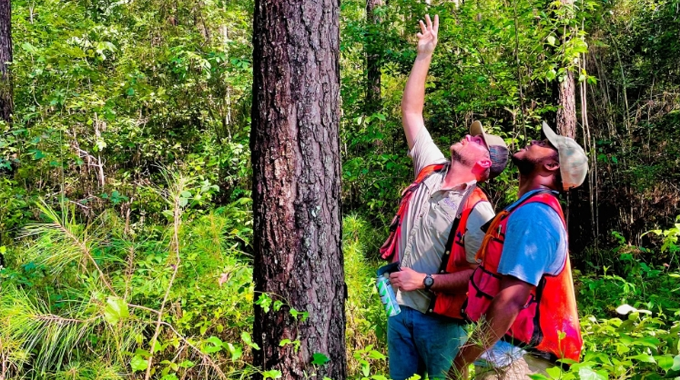
This involves community engagement, education, and the implementation of policies that protect wildlife habitats and water quality. Together, these approaches strive to balance the ecological, economic, and social benefits of forests, recognizing their critical role in supporting life on Earth. By fostering a harmonious relationship between human activities and natural processes, forest management and environmental stewardship work hand in hand to create resilient landscapes that can withstand environmental pressures and continue to provide essential ecosystem services.
Table of Content
- Key Principles of Forest Management
- Environmental Stewardship in Forest Management
- Practices and Techniques
- Benefits of Forest Management and Environmental Stewardship
- Challenges and Solutions
- Future Directions
- FAQs
Key Principles of Forest Management
Sustainable Harvesting Practices

Sustainable harvesting practices are foundational to forest management. This approach ensures that the extraction of timber and other forest products does not exceed the forest’s natural capacity to regenerate. Techniques such as selective logging, where only certain trees are removed, help maintain forest structure and biodiversity, ensuring that the ecosystem remains healthy and productive over time.
Reforestation and Afforestation
Reforestation and afforestation are critical strategies in forest management. Reforestation involves replanting trees in areas where forests have been depleted, while afforestation refers to creating new forests on previously non-forested land. Both practices contribute to restoring habitats, sequestering carbon, and improving soil and water quality, ultimately enhancing the resilience of forest ecosystems.
Fire Management (Controlled Burns)
Fire management, particularly through controlled burns, is a vital tool in forest management. Controlled burns help reduce the risk of catastrophic wildfires by removing excess vegetation that can fuel large fires. These burns also promote the growth of fire-adapted plant species and maintain the ecological balance within forest ecosystems.
Pest and Disease Control

Effective pest and disease control is essential to maintaining forest health. This involves monitoring forest conditions, identifying pest and disease outbreaks early, and implementing measures such as biological control, chemical treatments, and promoting biodiversity to naturally manage pest populations. Healthy forests are more resilient to pests and diseases, ensuring long-term sustainability.
Soil and Water Conservation
Soil and water conservation are crucial components of forest management. Practices such as maintaining vegetative cover, minimizing soil disturbance, and implementing buffer zones along waterways help prevent erosion and protect water quality. Healthy soils and clean water are essential for the vitality of forest ecosystems and the services they provide.
Environmental Stewardship in Forest Management
Ethical Use of Natural Resources
Environmental stewardship in forest management emphasizes the ethical use of natural resources. This involves managing forests in a way that meets current needs without compromising the ability of future generations to meet their own needs. It requires a commitment to conservation, sustainable practices, and the protection of biodiversity.
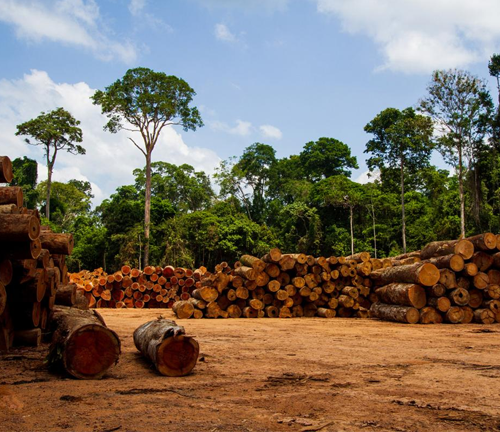
Long-term Conservation Goals
Setting long-term conservation goals is a key aspect of environmental stewardship. These goals often include preserving critical habitats, protecting endangered species, and maintaining ecosystem services such as carbon sequestration and water regulation. Achieving these goals requires careful planning, monitoring, and adaptive management strategies.
Community Engagement and Education
Community engagement and education are essential for successful forest management and environmental stewardship. Involving local communities in decision-making processes, providing education on sustainable practices, and encouraging active participation in conservation efforts help build a sense of ownership and responsibility towards forest resources.

Implementation of Protective Policies
Implementing protective policies is crucial for safeguarding forests. These policies may include regulations on logging practices, establishing protected areas, and enforcing laws against illegal activities such as poaching and deforestation. Strong policies, supported by effective enforcement, ensure that forests are managed sustainably and ethically.
Practices and Techniques
Selective Logging and Its Benefits
Selective logging involves the careful selection and removal of specific trees, minimizing the impact on the overall forest structure and biodiversity. This practice helps maintain the ecological balance, supports habitat diversity, and reduces soil erosion compared to clear-cutting methods.
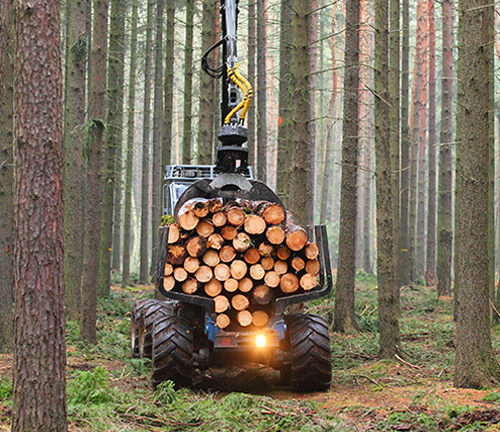
Conservation Easements and Protected Areas
Conservation easements and protected areas are effective tools in forest management. Conservation easements involve legal agreements that restrict land use to protect its conservation values, while protected areas are designated regions where human activities are limited or prohibited. Both approaches help preserve critical habitats, protect biodiversity, and ensure long-term ecosystem health.
Use of Technology and Data in Monitoring Forest Health
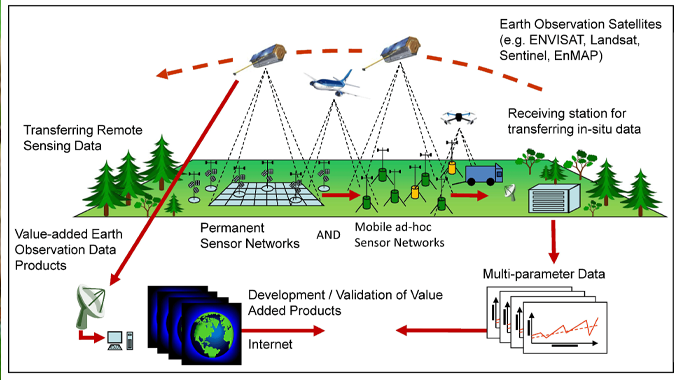
Advancements in technology and data analytics play a significant role in modern forest management. Remote sensing, Geographic Information Systems (GIS), and drone technology allow for precise monitoring of forest conditions, detecting changes in vegetation, and assessing the impact of management practices. These tools enhance decision-making and support proactive forest management.
Restoration Ecology Practices
Restoration ecology practices aim to restore degraded forest ecosystems to their natural state. This involves activities such as planting native species, removing invasive species, and rehabilitating soil and water systems. Restoration efforts enhance biodiversity, improve ecosystem services, and increase the resilience of forests to environmental changes.
Benefits of Forest Management and Environmental Stewardship
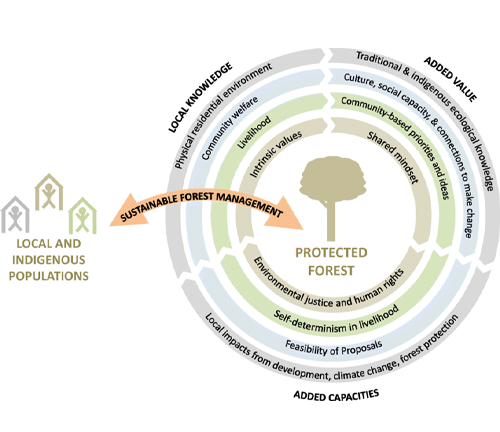
Biodiversity Conservation
Effective forest management and environmental stewardship contribute significantly to biodiversity conservation. By maintaining diverse habitats and protecting species, these practices ensure the survival of a wide range of plant and animal life, supporting ecosystem stability and resilience.
Climate Change Mitigation
Forests play a critical role in mitigating climate change by sequestering carbon dioxide from the atmosphere. Sustainable forest management practices enhance this carbon sequestration capability, helping to offset greenhouse gas emissions and combat global warming.
Soil Health and Water Quality Improvement
Forest management practices such as maintaining vegetative cover and reducing soil disturbance improve soil health and water quality. Healthy soils support robust plant growth, while clean water is essential for both forest ecosystems and human communities.
Economic Benefits from Sustainable Forestry
Sustainable forestry provides economic benefits by ensuring a continuous supply of timber and other forest products without depleting resources. This approach supports long-term economic stability for communities that depend on forest industries while preserving ecosystem health.
Recreational and Cultural Benefits
Forests offer significant recreational and cultural benefits, providing spaces for activities such as hiking, camping, and birdwatching. They also hold cultural and spiritual significance for many communities, contributing to overall well-being and quality of life.
Challenges and Solutions
Addressing Deforestation and Illegal Logging
Deforestation and illegal logging are major challenges in forest management. Solutions include strengthening law enforcement, promoting sustainable land-use practices, and increasing international cooperation to combat illegal activities. Raising awareness and supporting sustainable livelihoods for local communities also play a critical role in addressing these issues.
Balancing Economic Interests with Ecological Sustainability
Balancing economic interests with ecological sustainability requires integrated approaches that consider both economic development and environmental protection. This can be achieved through sustainable forestry practices, eco-certification programs, and policies that incentivize conservation efforts.
Combatting Climate Change Impacts
Climate change poses significant threats to forest ecosystems, including increased temperatures, altered precipitation patterns, and more frequent extreme weather events. Adaptive management strategies, such as promoting climate-resilient species and enhancing forest connectivity, help forests adapt to changing conditions.
Overcoming Political and Regulatory Hurdles
Political and regulatory hurdles can impede effective forest management. Addressing these challenges involves advocating for strong environmental policies, building political will, and fostering collaboration among stakeholders to create supportive legal and institutional frameworks.
Innovative Solutions and Success Stories
Innovative solutions, such as community-based forest management and the use of green technologies, have shown success in various regions. Sharing success stories and best practices can inspire and inform efforts to improve forest management and environmental stewardship globally.
Future Directions
Emerging Trends in Forest Management
Emerging trends in forest management include the use of advanced technologies, such as satellite monitoring and blockchain for timber traceability, to improve transparency and efficiency. There is also a growing emphasis on landscape-scale management approaches that consider entire ecosystems and their interconnectedness.
Advancements in Sustainable Practices
Advancements in sustainable practices, such as agroforestry and the use of biochar, offer new opportunities for enhancing forest productivity and carbon sequestration. These practices integrate ecological principles into forest management, promoting sustainability and resilience.
The Role of International Cooperation and Policy Frameworks
International cooperation and policy frameworks play a crucial role in addressing global forest management challenges. Agreements such as the Paris Agreement and initiatives like REDD+ (Reducing Emissions from Deforestation and Forest Degradation) provide frameworks for collaborative efforts to protect and sustainably manage forests.
Frequently Asked Questions (FAQs)
1. What is forest management?
Forest management involves the planning and implementation of practices for the stewardship and use of forest resources. It aims to balance ecological, economic, and social needs by ensuring sustainable timber production, conservation of biodiversity, and maintenance of ecosystem services.
2. Why is environmental stewardship important in forest management?
Environmental stewardship is crucial in forest management because it ensures that forest resources are used responsibly and sustainably. It promotes the protection and enhancement of forest ecosystems, ensuring their health and productivity for future generations.
3. What are sustainable harvesting practices?
Sustainable harvesting practices involve methods of extracting forest resources that do not deplete the forest’s ability to regenerate. This includes selective logging, which targets specific trees for removal, and maintaining buffer zones to protect water quality and biodiversity.
4. How do reforestation and afforestation contribute to forest management?
Reforestation involves replanting trees in deforested areas, while afforestation is the creation of new forests on non-forested lands. Both practices help restore habitats, increase carbon sequestration, and improve soil and water quality, enhancing the resilience of forest ecosystems.
5. What is the role of controlled burns in forest management?
Controlled burns, or prescribed fires, are used in forest management to reduce the risk of uncontrolled wildfires. They help clear excess vegetation, promote the growth of fire-adapted species, and maintain the ecological balance within forests.
6. How are pests and diseases managed in forests?
Pests and diseases are managed through monitoring, early detection, and the implementation of control measures such as biological control, chemical treatments, and promoting biodiversity. Healthy forests are more resilient to pests and diseases.
7. What is the significance of soil and water conservation in forest management?
Soil and water conservation are essential for maintaining forest health. Practices such as minimizing soil disturbance, maintaining vegetative cover, and implementing buffer zones protect against erosion and ensure clean water for ecosystems and human use.
8. How does community engagement benefit forest management?
Community engagement involves local communities in decision-making and conservation efforts. It fosters a sense of ownership and responsibility, leading to more effective and sustainable forest management practices.
9. What are conservation easements and protected areas?
Conservation easements are legal agreements that restrict land use to protect its conservation values, while protected areas are designated regions where human activities are limited. Both help preserve critical habitats, protect biodiversity, and ensure long-term ecosystem health.
10. How is technology used in forest management?
Technology, such as remote sensing, Geographic Information Systems (GIS), and drones, is used to monitor forest health, detect changes in vegetation, and assess the impact of management practices. These tools enhance decision-making and support proactive management.
11. What are the benefits of forest management and environmental stewardship?
Benefits include biodiversity conservation, climate change mitigation, improved soil health and water quality, economic gains from sustainable forestry, and recreational and cultural benefits.
12. What challenges do forest management and environmental stewardship face?
Challenges include deforestation, illegal logging, balancing economic and ecological interests, climate change impacts, and political and regulatory hurdles. Addressing these challenges requires innovative solutions and strong policy frameworks.
13. Can you provide examples of successful forest management projects?
Examples include sustainable forest management practices in the Amazon rainforest and community-led initiatives in Nepal’s community forests. These projects have successfully reduced deforestation rates, enhanced biodiversity, and supported local communities.
14. What are the future directions for forest management?
Future directions include the use of advanced technologies for monitoring and management, landscape-scale approaches, advancements in sustainable practices, and increased international cooperation and policy frameworks to address global challenges.
15. How can individuals contribute to forest management and environmental stewardship?
Individuals can contribute by supporting sustainable forestry products, participating in local conservation efforts, advocating for strong environmental policies, and educating themselves and others about the importance of forest conservation.

Gilbert Griffin
Forestry AuthorGilbert Griffin is a forest management expert specializing in sustainable practices, forest health, conservation, and land management. With extensive knowledge in pest control, disease management, and habitat restoration, Gilbert develops strategies to preserve forest ecosystems and biodiversity. Passionate about the natural world, Gilbert adapts to changes in forest management and stays updated through continuous learning. Gilbert also provides seasonal advice to optimize forest care throughout the year.

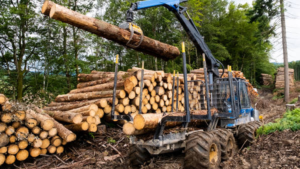



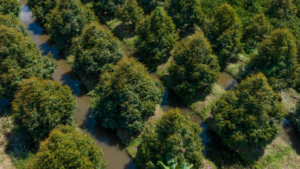



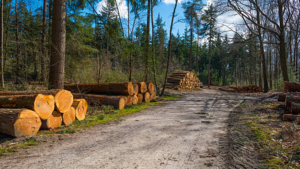



Leave your comment